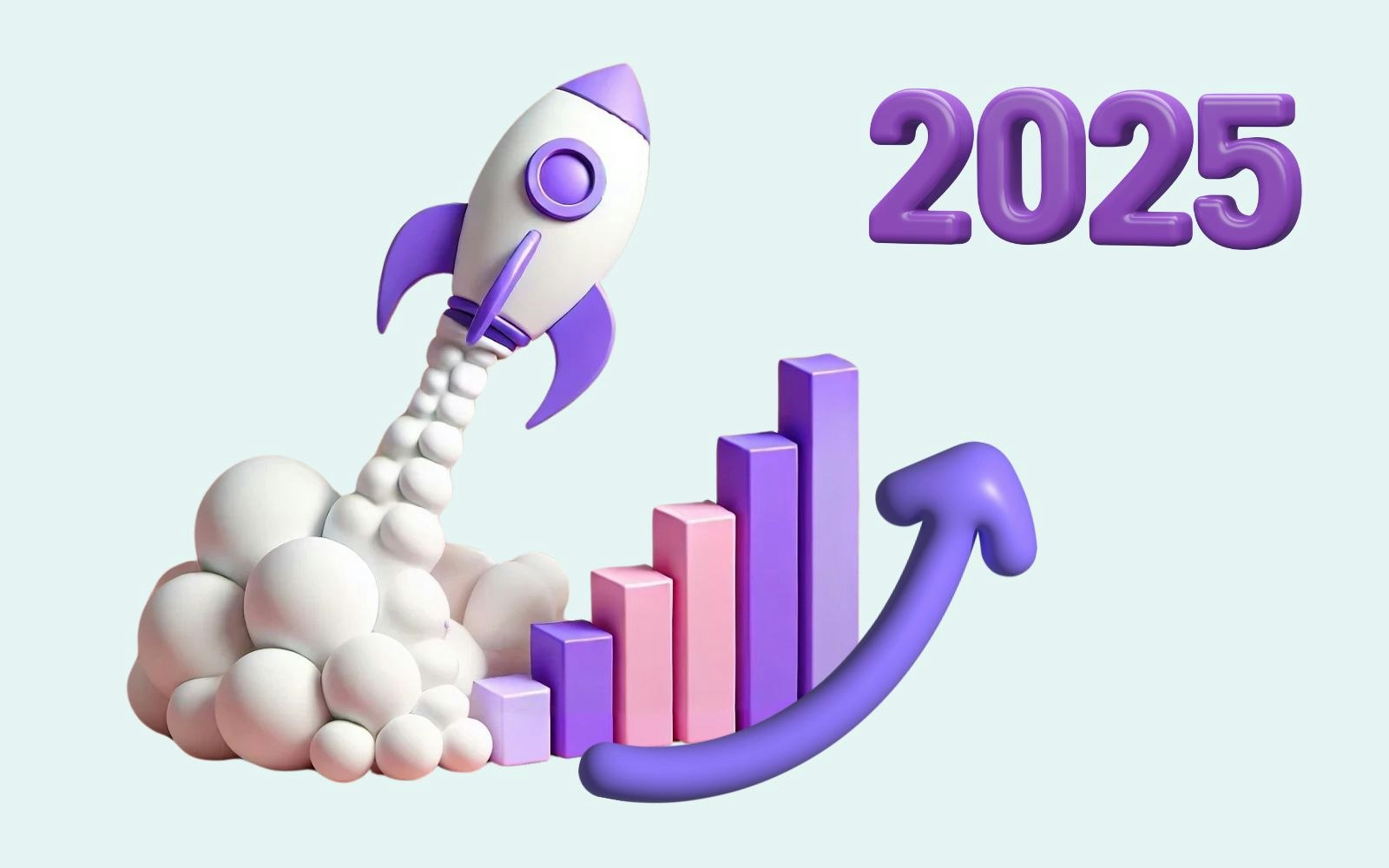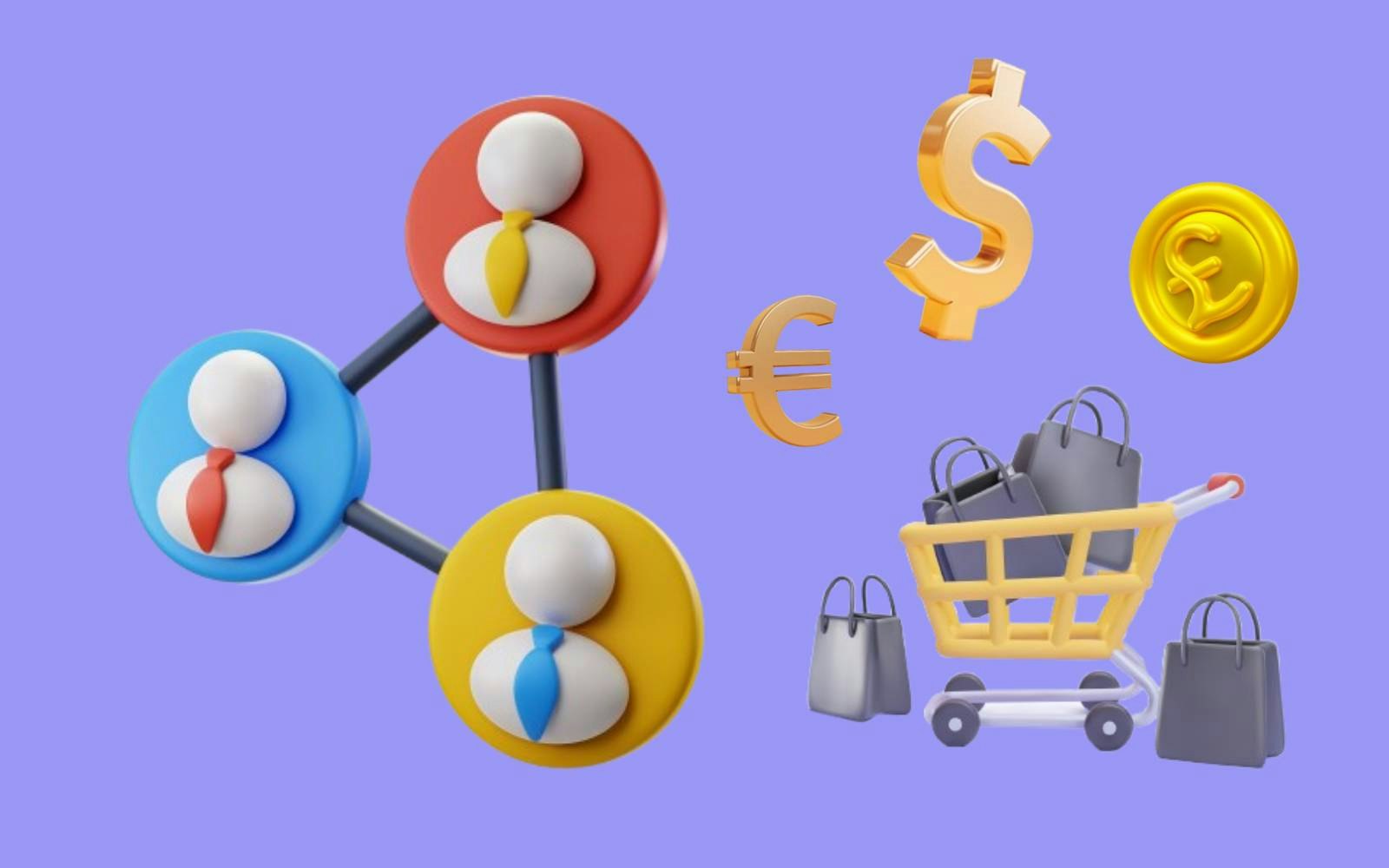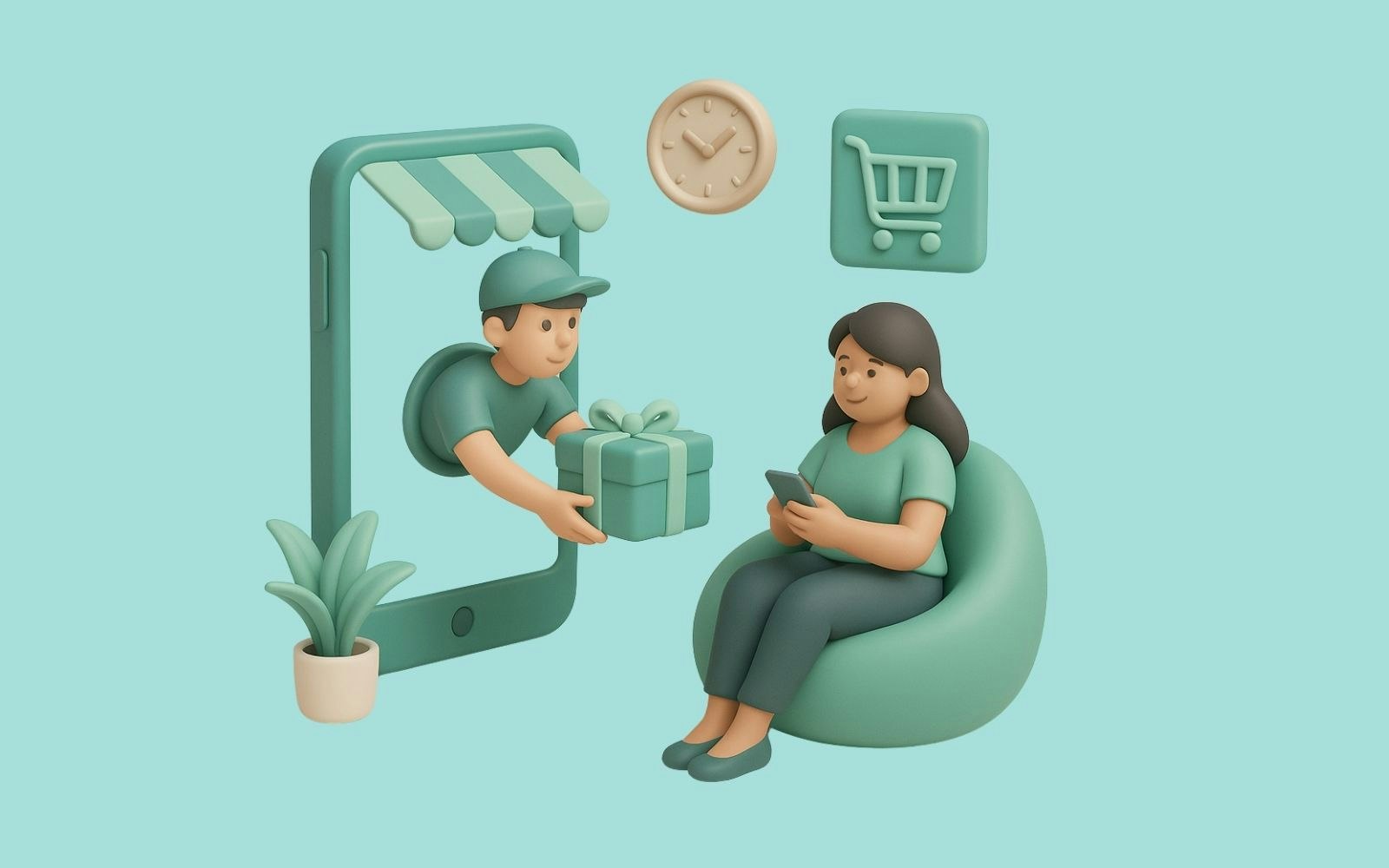
Understanding the D2C model and harnessing customer data
7min • Last updated on Jul 15, 2025

Olivier Renard
Content & SEO Manager
In April 2025, Levi’s announced that over half of its turnover now comes from direct-to-consumer (D2C) sales. In the United States, the iconic brand founded in 1853 now generates only 7% of its revenue through department stores.
This marks a strategic shift for the Californian label, which aims to better control its margins and gain access to customer data to deliver a personalised experience.
The D2C model is now attracting both digital-native brands (DNVBs) and established legacy companies.
Key takeaways:
D2C (Direct-to-Consumer) refers to a direct sales model between the brand and its customers, with no intermediaries.
It enables better control over brand image, margins, and distribution, while reclaiming the customer relationship.
Data collected via D2C channels is essential for personalising the experience and boosting customer loyalty.
This strategy has proven successful for both Digitally Native Vertical Brands (DNVB) and traditional brands seeking agility and performance.
👉 Learn exactly what direct-to-consumer means, how it differs from traditional distribution, and how it has evolved. Let’s explore its advantages, challenges, and the role of data in its success. 🔍
What is a Direct-to-Consumer (D2C) model?
The Direct-to-Consumer model (D2C) refers to a marketing strategy where a brand sells directly to its end customers, bypassing distributors, marketplaces, or retail networks.
It allows the brand to retain full control over distribution, marketing, customer relations and data usage. Sales often take place online, though some brands complement their digital presence with physical stores.
Unlike the traditional B2C model, where intermediaries (e.g. resellers or platforms) manage sales, D2C enables the brand to manage every step of the customer journey, from the e-commerce site through to after-sales service.
The wholesale model, by contrast, is based on selling in bulk to distributors who then sell to the end customer through their network of partners.. This limits margins and cuts brands off from customer data.
💡 D2C isn’t the opposite of B2C. It’s a more direct version, where the brand maintains full ownership of the customer relationship.
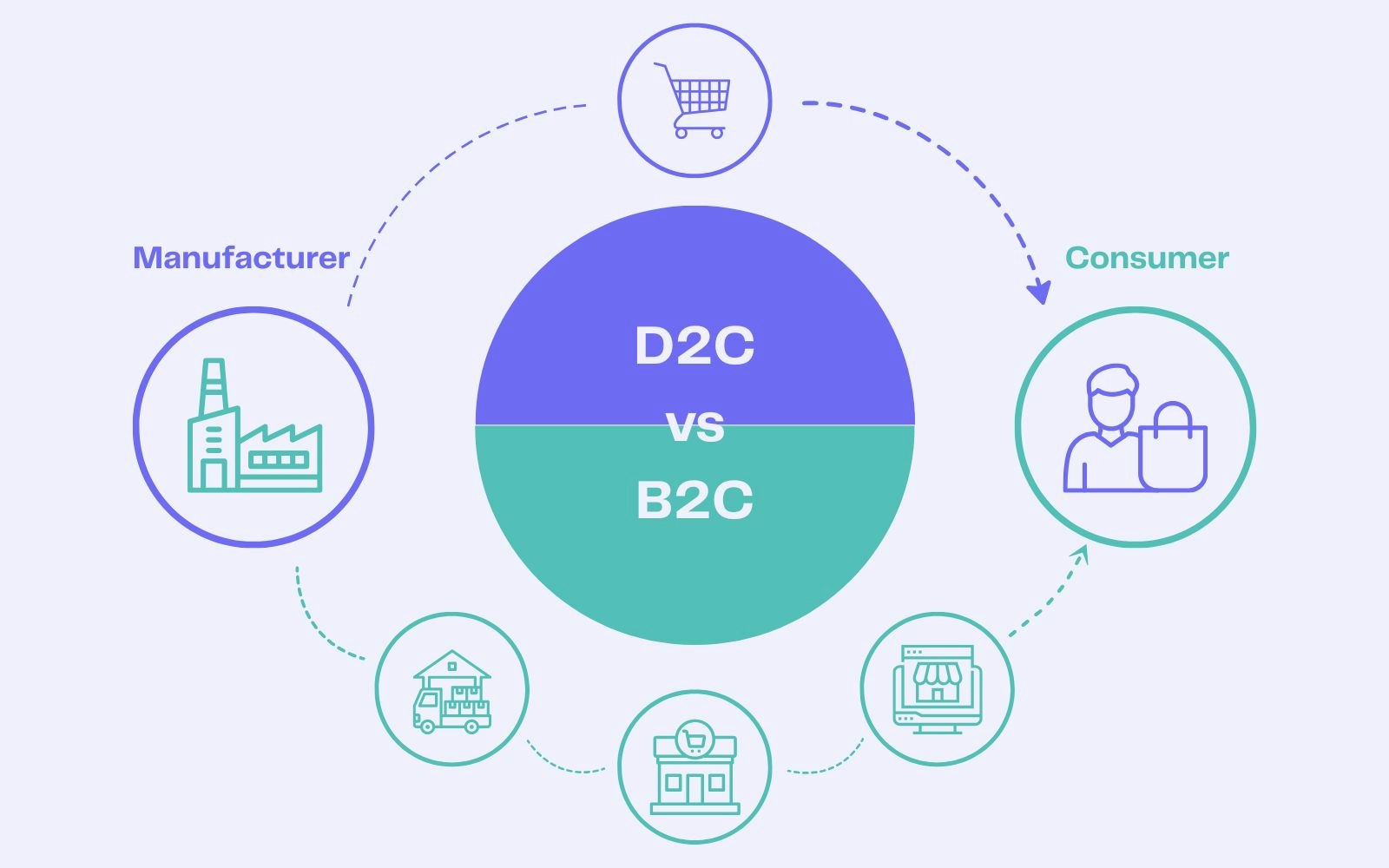
D2C vs B2C
A return to roots, powered by digital
Direct-to-consumer isn’t a brand-new concept. Before advances in logistics and the rise of mass distribution, commerce already operated directly: artisans, producers and shopkeepers sold locally, without intermediaries.
The growth of e-commerce has made it possible to revive this model at scale.
The COVID-19 crisis accelerated the shift. With shops closing, logistics costs rising, and consumption habits changing, many brands were forced to reinvent themselves.
DNVBs like Sézane or Glossier led the way. Born online and on social media, they proved that a D2C model could be profitable, scalable and distinctive.
👉 Levi’s, Nike, HP, Nespresso… Many major brands are now embracing D2C to regain control over distribution and better understand their customers.
There are various levels of D2C integration: D2C-only, D2C-first, or hybrid. Some brands develop D2C channels while maintaining a selective presence with key retail partners.
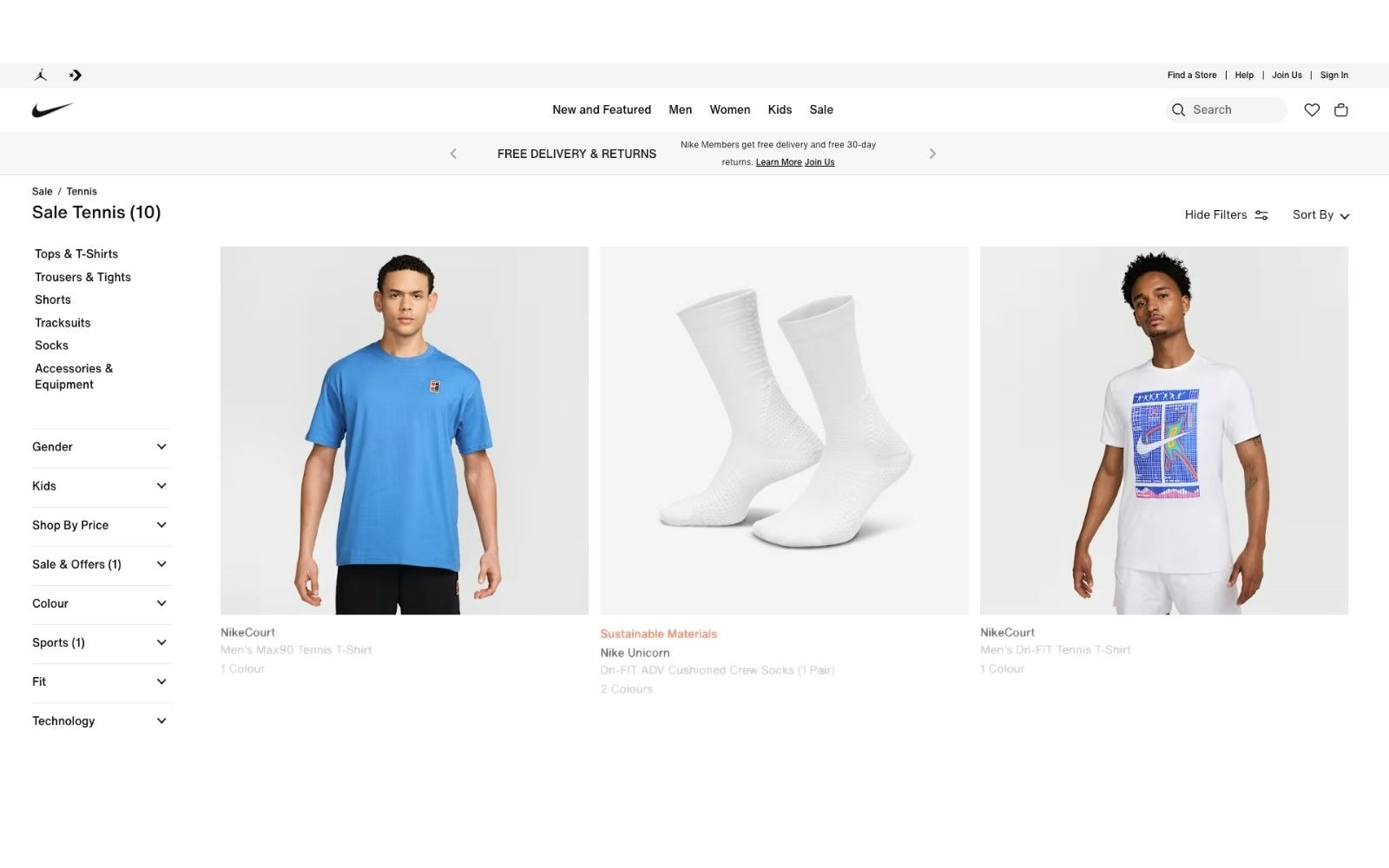
Nike e-commerce website (credit: Nike)
Benefits for brands
Better customer understanding
This distribution model is data-driven. D2C gives brands the opportunity to build direct relationships with consumers.
They can therefore collect first-party data at every interaction: browsing, purchases, customer service, product returns… This information is invaluable for understanding customers’ expectations, frustrations and preferences.
Thanks to deeper customer understanding, brands can refine their segmentation, personalise messaging, and anticipate needs. They adapt journeys in real time.
This leads to better targeting, improved lifetime value (LTV), and stronger customer loyalty.
Higher margins, control over distribution and brand image
By eliminating intermediaries, brands retain a larger share of their revenue. They can set prices freely, based on strategy, without being limited by distributor demands.
Direct sales also offer control over logistics, brand image and customer service, allowing for greater agility, a more consistent message and better profitability.
💡 Dollar Shave Club, for example, transformed the shaving industry by offering high-quality razor blades at affordable prices, delivered directly to customers. This approach enabled the company to build a loyal community.
Faster innovation and personalised experience
Direct contact with customers supports short development cycles. D2C brands can test products, collect feedback, and quickly adjust their offer.
This test-and-learn approach relies on structured feedback loops and sophisticated use of data. It supports a smoother, omnichannel and personalised experience, from e-commerce to after-sales.
💡 This is how Warby Parker revolutionised the eyewear market by offering home try-ons and a personalised customer experience. The brand sells directly to consumers through its website and physical stores.

The Warby Parker application (credit: Warby Parker)
Challenges of a direct approach
Customer acquisition and brand awareness
A D2C strategy isn’t without its risks. Without distributors to promote its offering, the brand must build its own awareness and drive traffic to its own channels. This requires significant marketing investment, especially in digital acquisition.
To stand out, brands must invest in SEO, manage its social media presence, establish partnerships with influencers, and absorb potentially high advertising costs.
It’s a long-term effort, initially more expensive than relying on retail or marketplace listings, but one that enables the brand to build a loyal community over time.
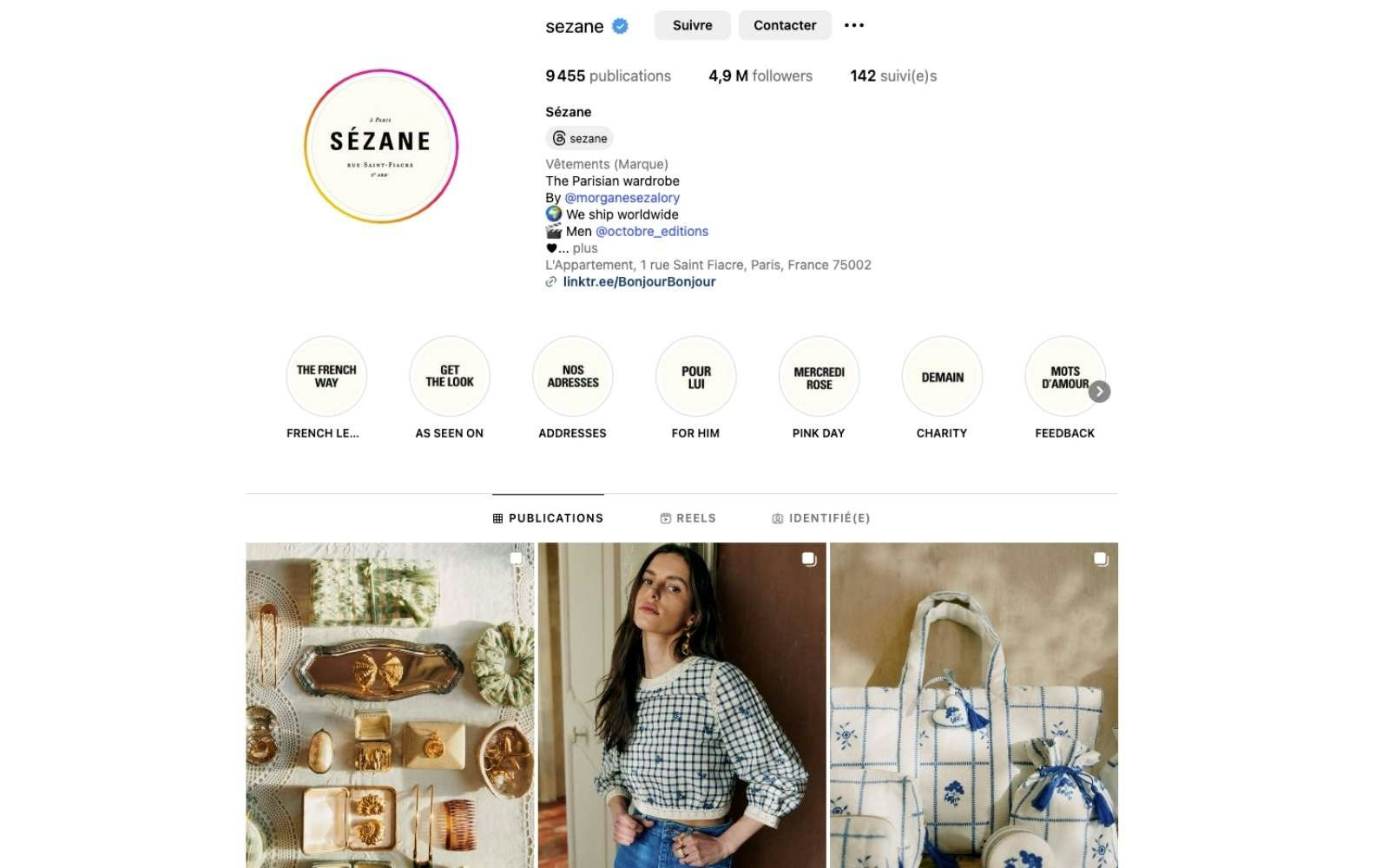
Sezane is a success story in D2C (credit: Instagram)
Logistics and post-purchase experience
In a D2C model, the brand is fully responsible for the entire chain, from order to delivery. A flawless experience is essential : timely deliveries, neat packaging, easy returns, and responsive customer service.
Logistics are a strategic component of this chain. Poor stock management, subpar packaging, or delivery delays can damage customer loyalty and brand image.
Negative experiences can be costly for a brand’s reputation, especially when shared online. Hashtags like #unboxing or #disappointment are common across video platforms.

The hashtags #unboxing #disappointment are flourishing on video platforms.
💡 Even a giant like Nike faced major logistical challenges when shifting to D2C. Between 2021 and 2022, without pre-orders from its retail network, the Swoosh brand saw its inventory levels soar.
Organisation and upskilling
D2C requires a structured and agile setup. Marketing, e-commerce, tech and data teams must work in close collaboration.
The ability to collect, understand, and activate customer data becomes a competitive advantage. This calls for best-in-class tools (analytics, marketing automation, CMS, CRM, CDP) and strong in-house expertise.
A potentially complex transition
For large, established brands, shifting to D2C may create tension with their existing retail partners. Cutting out intermediaries or prioritising direct channels can weaken commercial relationships.
This is particularly sensitive in B2B, where specific adaptations are often needed.
💡 While “consumer” in D2C suggests B2C, the principle of selling directly to end clients, without intermediaries, is becoming increasingly common in business-to-business as well.
Customer data as a key asset
Why is data at the heart of this model?
The main challenge for brands adopting a D2C strategy is to personalise, retain, and control the customer experience. By engaging directly with their audience, brands can collect first-party data at every touchpoint: website, mobile app, CRM, customer service, and more.
These insights help analyse buying behaviour, preferences, key interaction moments and navigation paths. Such information is vital to fine-tune marketing actions, adjust product offerings and enhance the overall experience.
The more precise the customer understanding, the better a brand can segment audiences, tailor its activation campaigns, and optimise marketing spend.
The role of a CDP in D2C
A Customer Data Platform (CDP) is a strategic asset for personalising journeys and building loyalty. It unifies data from multiple sources to unlock its full potential.
A CDP makes it easy to activate this data across business tools (CRM, marketing automation, ad platforms…) using a 360° customer view. This leads to better marketing performance, powered by granular segmentation, precise scoring and enriched profiles.
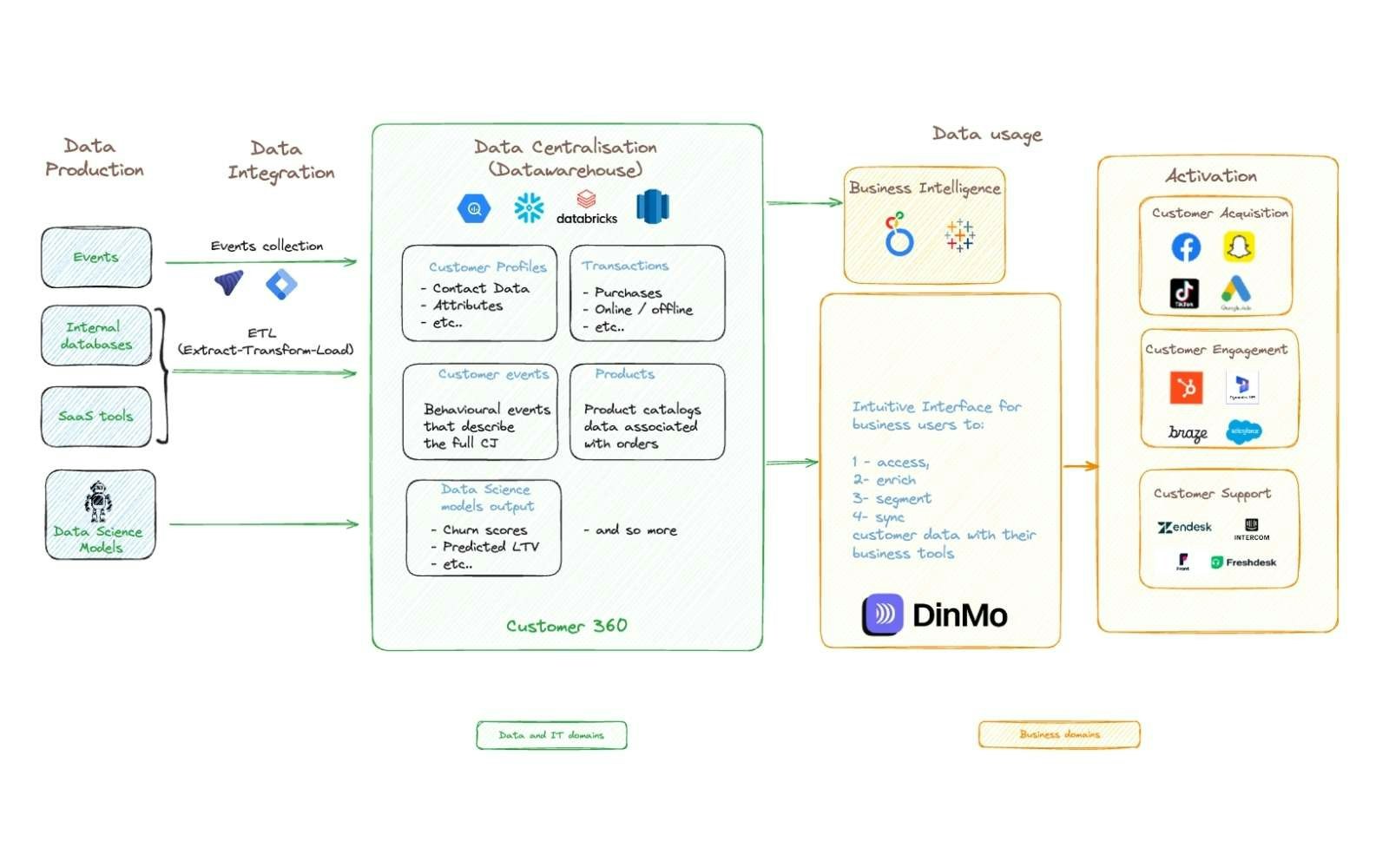
How the DinMo composable CDP works
📌 For instance, a D2C brand can create a segment of customers who have abandoned their basket but have a high LTV. The goal: re-target them with a tailored ad campaign.
It can also test a new product range with a cluster of engaged users, identified through browsing and purchase behaviour.
How to launch or optimise your D2C strategy?
1️⃣ Identify your audiences and channels
Start with a deep understanding of your customers. What are their needs? Where are they? How do they interact with your brand?
Answering these questions helps you build relevant journeys, segment effectively, and select the right channels.
A strong D2C strategy is omnichannel: e-commerce site, email, social media, mobile app, physical shops… Your message must be consistent across all touchpoints.
2️⃣ Choose the right tools to support your growth
D2C demands reliable tools for managing customer relationships, automating campaigns and analysing performance. Essentials include: CRM, e-commerce solution, marketing automation, analytics, and a CDP.
3️⃣ Integrate data and compliance from day one
Working with customer data brings responsibility.
Clear governance rules and GDPR-compliant collection processes are essential in a privacy-by-design approach.
Conclusion
The Direct-to-Consumer model gives brands a unique opportunity: to sell directly, better understand their customers, and build long-lasting relationships.
It is a powerful driver of differentiation, provided that the technical, logistical, and marketing challenges are well understood and managed. Understanding the market is essential.
Success requires more than just a great product. You must also understand your audiences, personalise the experience, and intelligently activate customer data.
💡 DinMo’s composable CDP helps D2C brands unify their data, build reliable segments, and run personalised campaigns at scale.
👉 Discover how DinMo can support your D2C strategy.

















